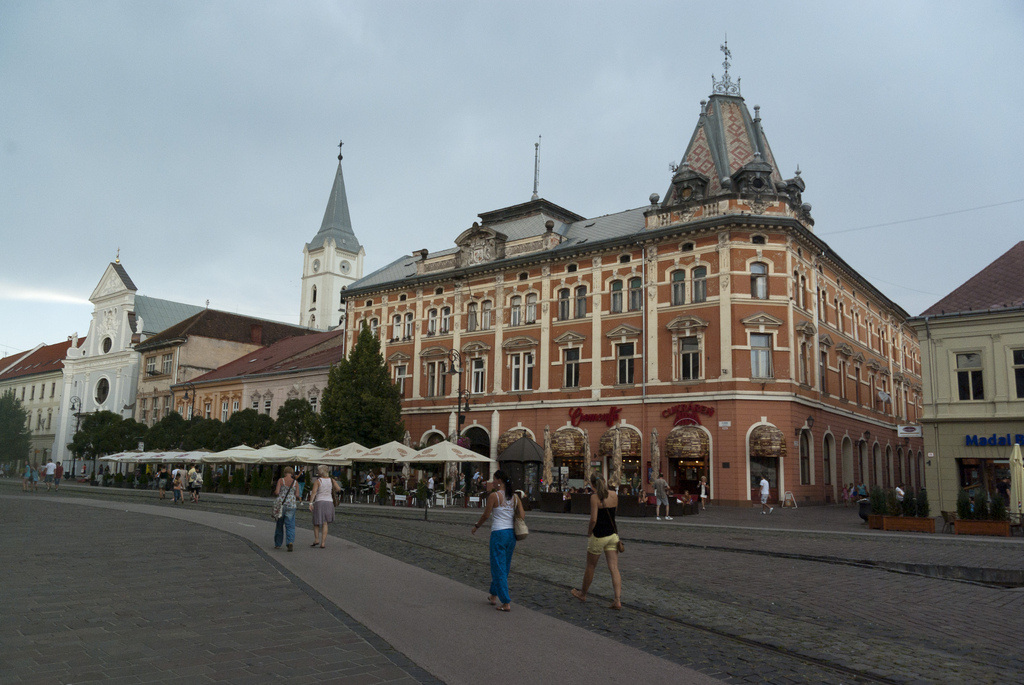Great geothermal potential ready to be tapped in Slovakia
In this interview, James B. Koenig provides his insight into the geothermal potential and his work for a local developer in Slovakia.
There is a great still untapped geothermal potential in the country of Slovakia in Europe, according to James B. Koenig, a U.S. citizen and founder and former President & Chairman of GeothermEx. Having been involved in geothermal for more than 50 years, he has been heavily involved in geothermal development at the Geysers in California, and as a consultant in dozens of projects around the world, including Kenya, Turkey and Indonesia. In an interview with Slovakian publication Energie Portal, here shares details on his work in Slovakia
In Slovakia he cooperates with the company PW Energy on two geothermal power projects in muncipalities near Ziar nad Hronom and near Presov. He talks about this cooperation, but also about the development of geothermal energy in the world, in an interview for Slovakian publication Energie-portal.sk.
We have been reporting on and off on the potential and development plans for Slovakia, e.g. in this piece from 2013.

You have worked on the largest geothermal projects in the world. How did the plans that are being prepared in Slovakia find themselves among them?
A Canadian mining company had an interest in Czech mineral properties. They asked me to evaluate the potential for geothermal resources in both Czechia and Slovakia. After a detailed review, I suggested that Ziar was the best commercial prospect.
Later, the Canadian company sold its geothermal interests to an American developer, and I continued to work for that developer. Both Michal Masek and Luboslav Mat’o also worked with me. The American developer abandoned his interests because of financial problems.
How did geological research look like in Slovakia? What had to be done and what did you find out about Slovak geothermal conditions? Was there something that surprised you?
I recognized very quickly that much work had been done in the Ziar region, as well as in other parts of Slovakia with geothermal potential, especially in the Slovak parts of the great Pannonian basin. Most of the basin is in Hungary, but the basin extends into the region south and east from Presov and Kosice to the border with Ukraine and Hungary.
Many holes had been drilled in the search for oil and gas, and seismic profiling also had been done. Subsurface temperature data was available for most of these holes, which was a pleasant surprise. With Dr. Luboslav Mat’o, I was able to construct maps of subsurface temperatures at 2,500, 3,000 and 3,500 m depth across much of the basin.
Two projects are in process – Lovca (Ziar nad Hronom) and Presov. What are the specifics of these territories? Why are they suitable for drilling a how would you evaluate their potential?
Two factors are required for a productive geothermal system: sufficiently high temperature and good permeability in the rocks at depth.
In Ziar there is good evidence that the temperature gradient in the first 2 km of depth is about 38-40 degrees C per kilometer.
Presov has the higher gradient, perhaps even reaching 45 degrees C/km. The gradient at greater depth is anticipated to drop by a few degrees/km. Thus, the projected temperatures at 3,000-4,000 m are in the range of 140 to over 150 degrees C.
The permeable dolomite-limesrone rock sequence locally called Hronicum is interpreted from seismic profiling to be present at depths between 3,000 and 4,000 m across parts of both Presov and Ziar.
Thus, with the essential factors satisfied, it is worth drilling exploratory wells to 3.5-4.0 km depth. Based on the foregoing, I estimate each to be capable of sustaining up to 20 MWe by the Organic Rankine Cycle (ORC) process. (Temperatures are not high enough for the flash-steam generation process.)
What benefits could geothermal power plant(s) bring to Slovakia? How deep do you assume it would be necessary to drill for hot water that would be suitable for a geothermal power plant?
Development of geothermal electricity and non-electric geothermal heating and cooling has several advantages. Geothermal fluid is fully reinjected after use, with no objectionable discharges to the atmosphere or groundwater system. This is an advantage over natural gas. It is economically viable even in small units, thus capable of serving small off-grid locations.
It can be developed in modules, to fit growth in demand. It is available 24 hours per day, unlike solar or wind power, and thus can be used as base load if desired. And it helps free Slovakia from dependence on imported energy, saving hard currency and benefiting the economy.
Because there is no evidence of recent volcanic activity in Slovakia, wells to be commercially useful for electricity must go to 3-4 km depth. For heating and cooling, the same fluid can be used at 60-80°C after generation of electricity.
About James B. Koenig
Geologist, geothermal project specialist with 50 years of experience. He started his career as a geothermal specialist in the state of California. In 1973, he founded the private company GeothermEx, in which he worked as a leading expert on the discovery of geothermal resources in Miravalles (Costa Rica), Dixie Valley (Nevada) and Batong Buhay (Philippines). He has also participated in projects in Africa, Indonesia, Japan, Kenya and Vietnam. He has also worked for the UN, the World Bank and a number of private investors. He was also involved in the International Geothermal Association and in 2005 was General Manager of the World Geothermal Congress in Turkey. He is currently a consultant for geothermal projects in Kenya, Turkey and Slovakia.
Source: Energie Portal


















